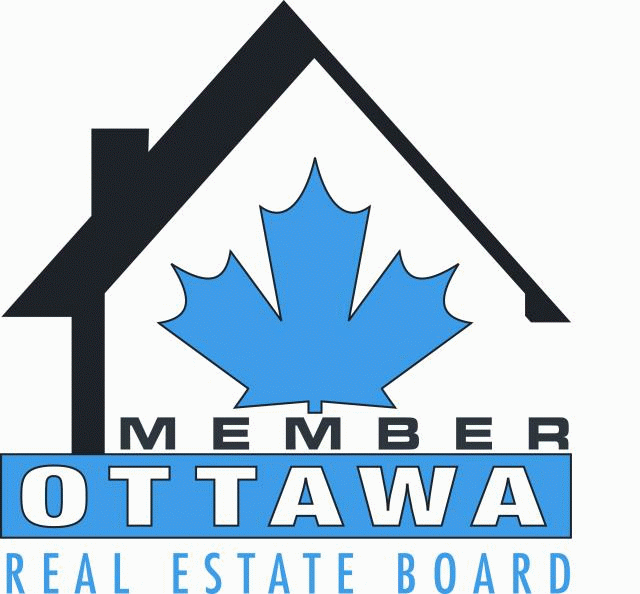
OTTAWA, May 3, 2019 – Members of the Ottawa Real Estate Board sold 2,032 residential properties in April through the Board’s Multiple Listing Service® System, compared with 2,024 in April 2018, an increase of 0.4 per cent. April’s sales included 1,594 in the residential property class, on par from a year ago,, and 438 in the condominium property class, an increase of 5.3 per cent from April 2018. The five-year average for April unit sales is 1,825.
“The story hasn’t changed throughout this spring – our market is clearly suffering from low inventory, and we predict these conditions will persist until supply is restored,” states Dwight Delahunt, President of the Ottawa Real Estate Board.
“Several factors continue to have an impact in this regard including the lag in new construction coming to market and the reluctance of potential sellers who are facing limited options when they are buying within the same market. Add to this a stress test for buyers, that can limit purchasing capacity in a market where prices are accelerating, and it becomes a “Catch 22” situation for the foreseeable future.”
“Residential supply is down 18%, and condo inventory is down almost 40% from last April. Despite this tight supply, the residential market is holding its own and the increase in unit sales is effectively coming from the condo market which until recently, was in a surplus,” he notes.
The average sale price of a residential-class property sold in April in the Ottawa area was $488,729, a rise of 7.4 per cent over April 2018. The average sale price for a condominium-class property was $307,659, an increase of 14.3 per cent from this month last year. Year to date numbers show a 6.6 per cent and 8.7 per cent increase in average prices for residential and condominiums respectively. *
“An active market with limited supply is inherently going to put an upward pressure on prices,” Delahunt explains. “However, this bodes well for the condo market by which the absorption is allowing for the rebounding and recovery of its price points.”
“Certainly, the stunted supply is likely responsible for the multiple offer situations we are experiencing, but the reality is that while approximately one-third of properties are selling above asking, more than 50% are still selling below the listed price.” “Ottawa is a stable and affordable market and has been since the 1940s – we are not in a bubble,” Delahunt emphasizes.
The increased $350,000 to $499,999 price range has now become the most active price point in the residential market, accounting for 44 per cent of April’s transactions. Also worth noting, 28.5 per cent of residential sales were in the $500,000 to $749,999 range up from 23-25 per cent previously. The most prevalent price point in the condominium market which had increased to the $225,000-$349,999 price range last month, remains so, accounting for 46 per cent of the units sold.
“The increase in price points are indicative that availability in the lower priced housing stock is just not there and is pushing people up to the higher end of the market. Nevertheless, the fact is, these price points are still well under the Canadian average, and our residents tend to be in comfortable financial situations due to secure employment and a thriving local economy,” Delahunt concludes.
In addition to residential and condominium sales, OREB Members assisted clients with renting 778 properties since the beginning of the year.
* The Board cautions that the average sale price can be useful in establishing trends over time but should not be used as an indicator that specific properties have increased or decreased in value. The calculation of the average sale price is based on the total dollar volume of all properties sold. Price and conditions will vary from neighbourhood to neighbourhood.
